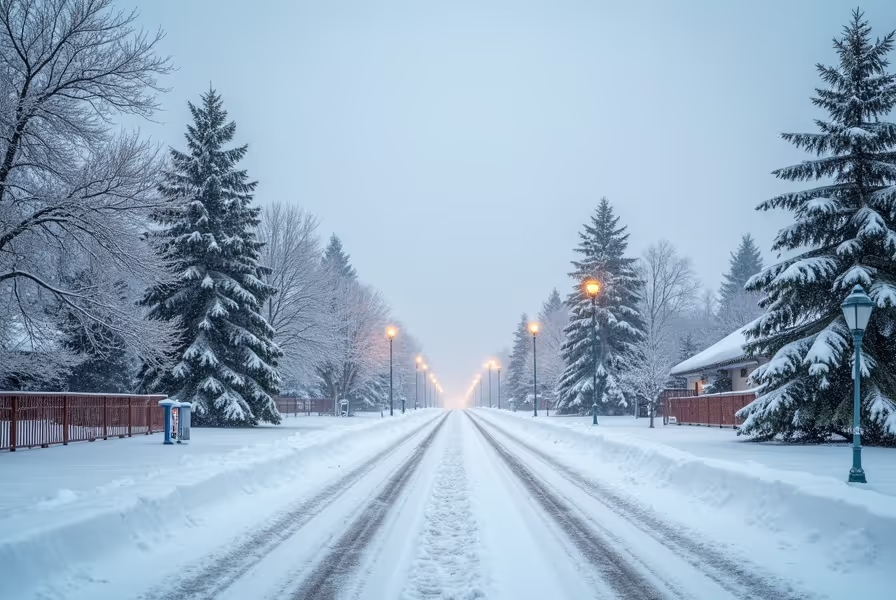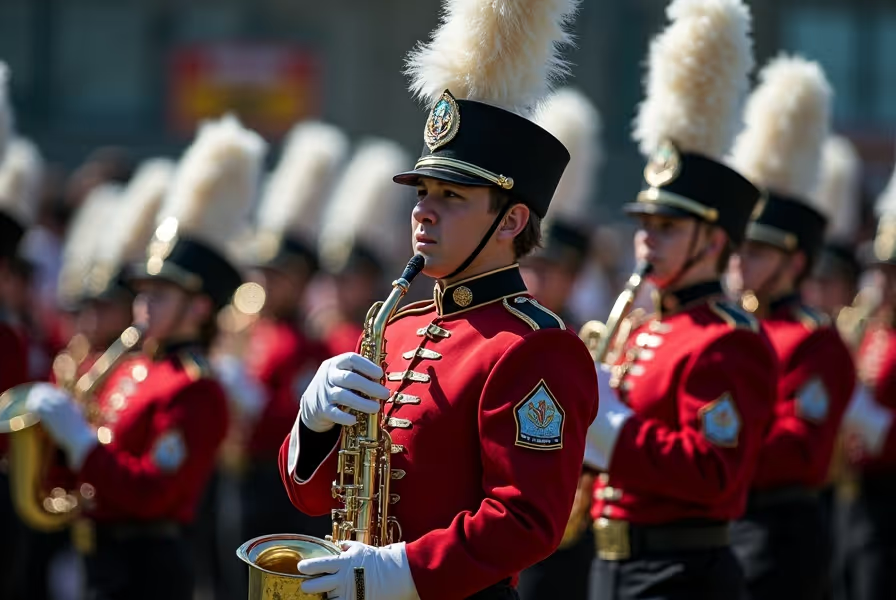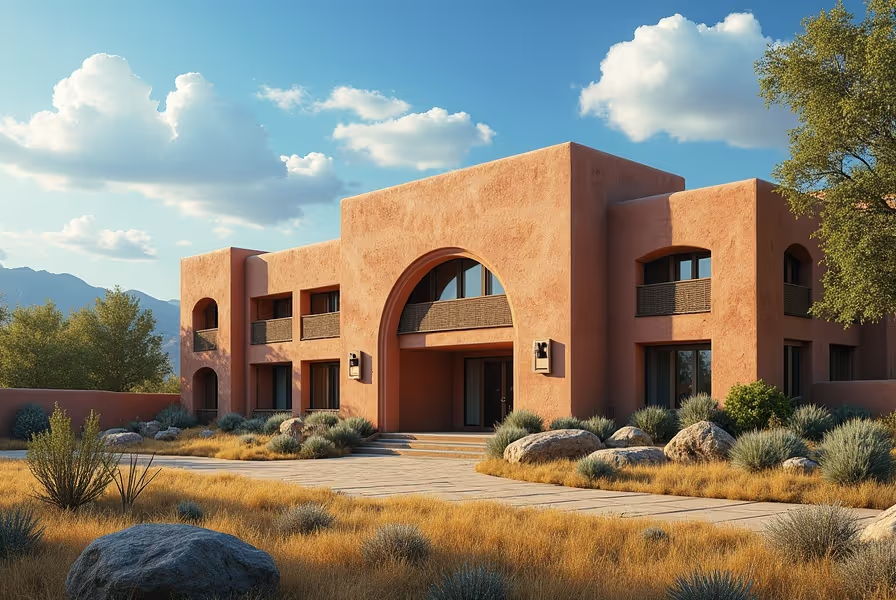Understanding Reno's Winter Climate
If you're planning a trip to Northern Nevada or thinking about relocating, you might wonder, “Does it snow in Reno, Nevada?” The answer is yes—but it's more nuanced than that. Reno, nicknamed “The Biggest Little City in the World,” sits at the base of the Sierra Nevada Mountains. Its high desert climate plays a significant role in the city’s winter weather.
Located at about 4,500 feet elevation, Reno experiences all four seasons, including true winter conditions. From light snow flurries to occasional heavier storms, winter in Reno can be both beautiful and unpredictable.
How Often Does It Snow in Reno?
Reno gets an average of 22 inches of snow per year. While this is less than northern states like Minnesota or New York, it’s more than you might expect for a desert city. Snowfall is most common from late November through early March.
- December and January: These are the snowiest months, with frequent snowy days and chilly temperatures.
- November and March: Transitional months with occasional snow and fluctuating temps.
- April and October: It’s rare, but snow can happen, especially in early April or late October.
Despite the snow, Reno sees over 300 days of sunshine annually. Snowfall often melts quickly due to sunshine and dry conditions.
What Winter in Reno Really Looks Like
Unlike places where snow piles up week after week, Reno’s winter has more variety. One week might bring cold front snow storms, and the next could be sunny and dry. This variability makes winter here manageable and even enjoyable for many residents.
- Snow accumulation is moderate — it generally doesn't shut down the city.
- Roads are well-maintained thanks to proactive city services and snow removal crews.
- Outdoor winter activities thrive due to proximity to Lake Tahoe and the Sierra Nevada.
If you're not used to snow, you'll still find daily life in Reno during winter easy to adjust to. Businesses remain open and schools usually operate on a regular schedule.
How Cold Does It Get in Reno?
Winter temperatures in Reno are cold, but not extreme. Typical daytime highs in December and January range from 40°F to 50°F. Overnight lows often drop below freezing, so icy conditions in the morning are not uncommon.
However, the dry air makes the cold feel less biting compared to more humid places. Reno’s winter is crisp but refreshing for many people moving from wetter climates.
Is Reno a Good Place for Snow Lovers?
If you enjoy snow but don’t want to be snowed in for months, Reno offers a great balance. You get a taste of winter without being overwhelmed by harsh weather. Even better, you're within driving distance of world-class snow destinations like:
- Lake Tahoe
- Mt. Rose Ski Tahoe
- Squaw Valley (Palisades Tahoe)
- Heavenly Mountain Resort
Living in Reno gives you easy access to deep snow in the mountains whenever you want, while still enjoying relatively moderate conditions in the city.
What Should You Pack for a Winter Visit?
When planning a winter trip to Reno, it’s a good idea to come prepared. The weather can change quickly based on elevation, snow patterns, and even time of day. Here's what you should pack:
- Warm clothing layers – jackets, sweaters, thermal shirts
- Insulated waterproof boots for snow or slush
- Winter gloves, beanies, and scarves
- Ice scraper if you're renting or driving a car
- Sun protection – sunglasses and sunscreen for bright snowy days
Reno’s location allows you to experience the desert, city life, and snowy adventures all in one day. Dressing smartly helps you enjoy each part.
Driving in Snow: What You Need to Know
Reno’s city infrastructure is designed to handle wintry conditions. Roads are plowed and salted quickly after snowfalls. However, driving during or after a snowstorm still requires caution.
- Drive slowly and increase your following distance
- Use winter or all-weather tires for added safety
- Stay updated on road conditions via local news or weather apps
- If heading toward Lake Tahoe or the Sierra Nevada, be prepared for chain requirements
Local residents are used to winter driving, but visitors should give themselves extra time and avoid driving at night during snow events.
Frequently Asked Questions About Reno's Winter Weather
Does Reno get heavy snow?
Reno rarely gets heavy snow. Most snowfall is moderate and melts within days. Only during large storm systems does the city experience heavier accumulation.
Is Reno colder than Las Vegas?
Yes, Reno is consistently colder in winter. Being at a higher elevation and closer to the Sierra Nevada results in cooler temperatures and more winter weather activity.
Do I need snow tires in Reno?
Snow tires or all-weather tires are recommended for winter driving in Reno. Though not always required, they offer better safety and control. Mountain roads may require chains during storms.
Does it snow in downtown Reno?
Yes, snow does fall in downtown Reno periodically during the winter. However, snowfall there is often lighter than in surrounding higher elevation areas.
Is Reno a good place for winter vacations?
Absolutely. Reno offers a unique blend of city life and access to winter sports. With Lake Tahoe nearby, visitors can ski, snowboard, or relax in snowy retreats all within a short drive.
Conclusion: Embrace Winter in Northern Nevada
Winter in Reno, Nevada offers a little bit of everything—occasional snow, brisk air, sunny skies, and easy access to mountain adventures. Whether you're visiting or moving here, you'll experience a four-season climate that keeps life interesting and active.
It does snow in Reno, but not overwhelmingly so. Think of it as winter with balance—a manageable introduction to snow that still lets you enjoy daily life, outdoor beauty, and city amenities without hassle. For snow lovers and sunshine seekers alike, Reno has something unique to offer each winter season.











.svg)



